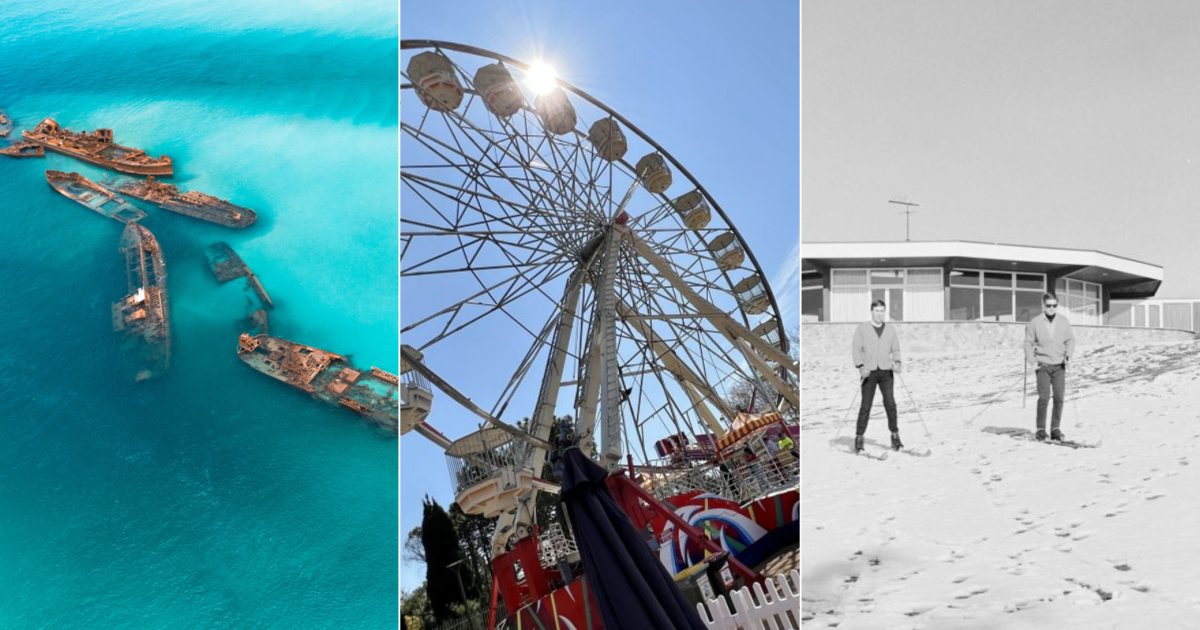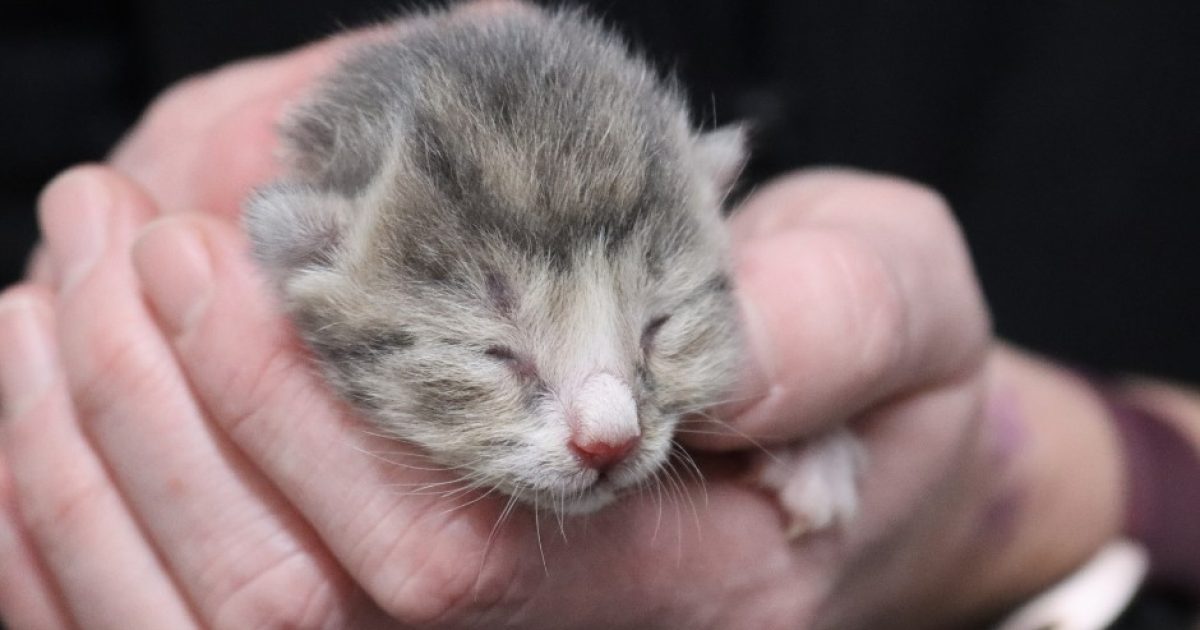Stanley Quencher H2.0 Flowstate Tumbler. Photo / Stanley
OPINION
When is a drink bottle so much more than a drink bottle? Well, now.
The Stanley cup – not the hockey trophy, but the drinking vessel – is the “it” object of the moment. Viral videos show people are queueing up for hours to get a limited edition Stanley cup, some are even hurting themselves in the process, and the stainless steel bottles are reselling online for hundreds of dollars (not that they’re even that cheap to begin with, retailing for around NZ$80).
These stainless steel drinking cups have been in the news a lot lately. Let’s recap, for those blessed beings who have the mental fortitude to be less online than I am.
Once deeply uncool, the Stanley cup is now a trendy object of desire. If you’re a cool kid, you probably have one (I am deeply uncool and, on the rare occasion I remember I should drink water, I use a Kmart bottle, not because I’m a rebellious member of the counterculture, but because I’m cheap).
I have nothing against a water bottle becoming a fashion accessory. If nothing else, that is a good development – a rare thing these days. The ugly item to trendy object pipeline is also nothing new. Ugg boots and Crocs (more on this shortly) walked so the Stanley cup could run. But when a particular item becomes a symbol of wealth and health, we’ve got to ask ourselves how we got here.
First things first, it’s not just any Stanley bottle that is cool to have. The must-have item is, specifically, the Stanley Quencher H2.0 tumbler, which holds 1.2L of gin or whatever other liquid you choose to pour into it to get you through the day.
I won’t give you a rundown of the history of the Stanley Quencher because you can easily find that on Wikipedia or anywhere else online. But here’s an important point: you weren’t seeing Stanley cups everywhere until 2020, when the company announced Terence Reilly as its new president. Reilly had previously worked at Crocs and is credited with turning the ugly shoe into the trendy footwear it is today.
The rise of the Stanley Quencher appears intrinsically linked to Watertok (which is a whole other article for another day, when I’m feeling more hydrated). Essentially, Watertok is the corner of Tiktok where the focus is on “water recipes” (I know, but stay with me here), using syrups or flavour sachets. It is, much like everything on Tiktok and social media in general, meant to be aesthetically pleasing. No one is pouring their syrups into a washed-out old Camelbak. Enter the Stanley, which not only looks good and comes in a bunch of trendy colours, but is also capable of holding the drink’s temperature for longer. Because these Watertok drinks are meant to last a while, they need a giant vessel to hold it. That makes sense to me.
Here’s what doesn’t though: Stanley isn’t the only one making expensive drink bottles. And yet, no one is queueing up outside in the cold for hours to get a Camelbak or Hydro Flask like they do for limited edition Stanleys.
So how did Stanley become the drink bottle to have?
Reilly told CNBC that his strategy involves “collaboration culture and drop culture”. By drop culture, we’re talking about things like limited, seasonal and special editions that create this idea of scarcity and make a product more desirable. A limited edition Stanley cup recently dropped to celebrate Lunar New Year and it sold out in about 30 minutes. Stanley’s latest collaboration with Starbucks is being resold online for more than you and I spend on our weekly groceries.
Reusable bottles are a great thing and anything that leads people to think about the environment and attempt to live more sustainably is a positive in my books. But I worry we’ve passed that point with Stanley cups and we’re now looking at the sustainable factor getting very, very small in our rearview mirror.
People are building huge collections of these tumblers in all colours and sizes. A whole parallel market has been created for Stanley Quencher accessories, including charms, carrier bags and name tags.
this whole stanley thing is really starting to feel like a cult bc why would you need all that for a tumbler? pic.twitter.com/m3X1PPxytL
— tofu⁷ 🍜 ia📚 (@milktealattae) January 4, 2024
The headlines about Stanley cups seem to get crazier by the day. People rushing to get limited edition cups are causing stampedes and, just days ago, Business Insider reported that some Target workers have been fired for using their status as employees to buy the cups. A woman was arrested in California for stealing US$2500 ($4100) worth of Stanley cups, leading to police posting an insane photo lining up the cups on the hood of the cop car like it was a drug bust.
Patrol Update🚨
On the afternoon of January 17, Roseville Police Officers responded to a retail store on the 6000 block…Posted by City of Roseville, California Police Department on Sunday, 21 January 2024
The whole point of a reusable drinking vessel is to reduce the amount of waste. Having a collection of reusable bottles defeats their entire purpose. Plus, Stanleys are supposedly indestructible and come with a lifetime warranty so why would anyone own more than one?
How does a drink bottle become a status symbol? Carrying a Stanley cup around tells the world you care about your health and about staying hydrated. In that sense, it’s not that different from Lululemon leggings or any similar object that evokes the idea of health and self-care. The subtle message is that if you are willing to spend that much on that one object, it must be because you really care about yourself. In that sense, the Stanley is an individual choice.
Except it isn’t. Because if the whole goal was just health and hydration, any drink bottle would do the job and you’d only need one, maybe two, that you’d use and reuse over and over. Yet, that’s not what we’re doing. People are buying these cups and laminating the labels the cups come in. Because, for many, Stanleys are also a symbol of belonging to a community – a community that, in their minds, signifies health and the idea of “living well”.
To be clear, I am not pointing the finger at the people buying multiple Stanley cups. This is not on them, but on the relentless marketing machine that created this phenomenon. I am not criticising anyone who owns one of these Quenchers (go you, you well hydrated queen). But we do have to question the sociocultural environment we live in, when people queue outside shops for limited edition drink bottles and when an item that is meant to be a sustainable piece that’ll last you forever becomes a collectible, with people buying multiple colours to match their outfits (I kid you not).
Many people smarter than me have drawn correlations between the success of brands like Stanley and our desire to belong to a group (a very legitimate, human desire), to feel united to others, to find commonality.
We’re in a climate catastrophe and soon we may not even have clean water to pour into our Stanleys. The “trendification” of the Stanley cup is almost ironic, and one thing seems certain: too much of a good thing is definitely a thing and there is no product so well-intentioned that hyper-consumption can’t ruin.

/cloudfront-ap-southeast-2.images.arcpublishing.com/nzme/2GOTTG4G4ZGY7O5KIO6ZHXTJMA.png)



